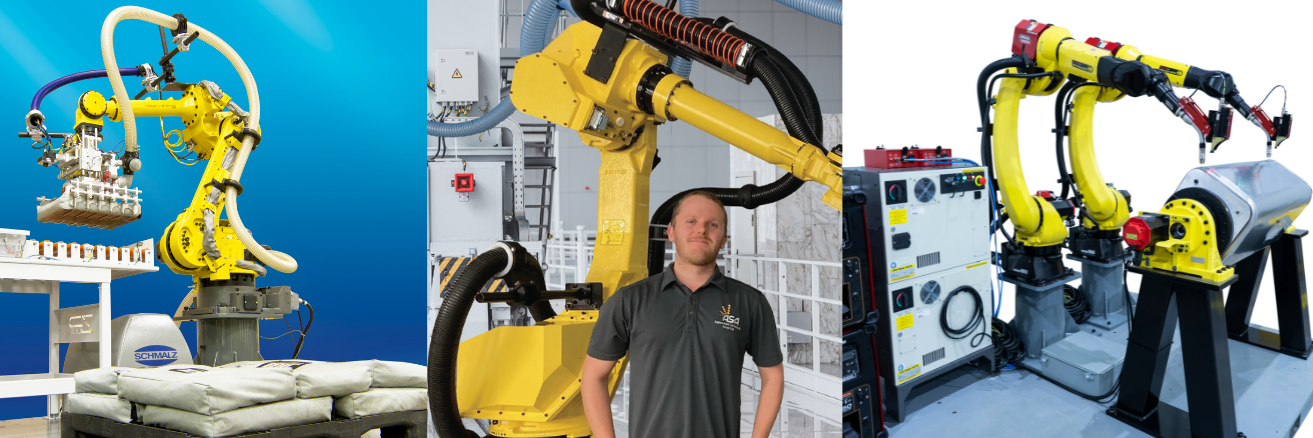Robotic arms, at center of modern production and manufacturing change the norms in a manner that was previously impossible to imagine. They combine precision, safety and efficiency. The mechanical marvels, often called robot arms – have become essential to industries all over the world due to the urgent necessity to reduce operating costs without compromising on quality. Through the integration of robotic arms into production lines, manufacturers have not only reduced costs but also revolutionizing workplace safety and efficiency. Discover how these revolutionary machines have transformed the landscape of industrial production.

Image credit: automatedsolutions.com.au
Cost efficiency is the main driving factor behind the widespread adoption of robotic arms. Factories have to constantly work to limit production errors, minimize materials waste, and decrease work-related accidents. A robotic arm addresses these challenges head on. As opposed to humans, robot arms are able to perform routine tasks with precision, eliminating costly mistakes and reducing raw material wastage. For instance, in high-volume industries like automotive manufacturing, robotic arms perform precise welding and parts placement to ensure perfect assembly each time. This accuracy results in substantial savings as fewer flaws will mean less rework, wasted and the need to rework.
Safety is the second main element to the advancement of robotic arms. There are many manufacturing processes that require handling dangerous materials or operating heavy machinery pose significant risks for human workers. Robot arms enable companies to remove their employees from dangerous surroundings and decrease injuries in the workplace. Robotic arms, which are designed as a kinematic chain with movable joints, mimics the functions of an arm but without the risk of physical harm. Equipped with programmable hand end effectors, these devices can accomplish tasks that could be hazardous for humans, such as welding or spinning.
The versatility of robotic arms makes them a game-changer across diverse industries. Robot arms are able to be used for diverse tasks, from assembly for automobiles to electronic production. Because they are programmeable, they can to carry out intricate tasks that include tending to machines painting, painting, or fiberglass application with unmatched consistency. In warehousing and storage, robotic arms have transformed palletizing, automating the process of loading goods onto pallets using precision and speed. Automation not only improves efficiency but also increases reliability since robot arms are able to perform their work without fatigue.
The rise of cobots (collaborative robots) that work with human employees is among of the most thrilling advances in this field. Unlike traditional industrial robots confined to isolated cells, cobots outfitted with robotic arms are designed to ensure safe and seamless interactions with humans. The hands of a robot can be used to perform difficult lifting tasks and repetitive tasks in factories, so humans are freed to take on more challenging tasks. This collaboration increases productivity and creates a safer workplace since cobots may be programmed to change or stop their movements when someone is nearby.
The effects of robotic arms go far beyond safety and efficacy to the very fabric of modern manufacturing. They are crucial for industries that require extreme precision in processes such as welding, assembly or material handling. Robotic arms, for example, can be utilized to rotate and move components in assembly within the automotive industry to ensure that they are aligned perfectly with no human involvement. In the field of electronics, robots are used to handle delicate components, which reduces damages and improves the quality of output.
As the world’s industries continue to develop the role of robotic arms will grow. As they can reduce costs, increase safety, and be able to adapt to different tasks robots are the foundations of future manufacturing. Utilizing cutting-edge technology and human ingenuity robot arms are more than just tools. They’re partners in the pace of innovation and are changing how we design our environment.
